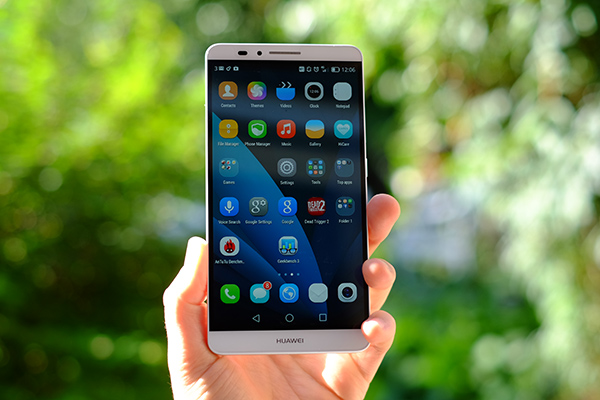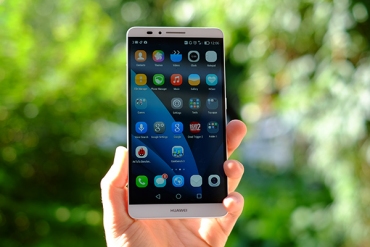Huawei has in recent years not only became better known but also has the fourth highest sales in the world market. This was made possible not only because of the good price / quality ratio, but also quite decent equipment and some interesting details. And today we have brought you the similar device from Huawei i.e. Huawei Ascend Mate 7.

The Chinese company chose a rather aggressive way of development, as a good price is no longer enough to compete with the more established manufacturers. Today, Samsung and other companies have to make reciprocal steps because of the increasing pressure of Huawei and some other little-known manufacturers.
Competitor’s increases with each generation display for a few tenths of an inch, but Huawei has gone the opposite way. Two predecessors were equipped with a 6.1-inch display, but the new generation, we obtain the diagonal “only” 6.0 inches. At the same time, the resolution was increased to 1920 x 1080 pixels, thus yielding a density of 368 ppi. It is quite on the level of competitors of comparable size, namely ASUS FonePad Note 6 or Nokia Lumia 1520, but to the level of Galaxy Note 3 (386 ppi) or Galaxy Note 4 (515 ppi) Phablet falls short. However, at a normal distance between the eyes and the smartphone difference will hardly palpable.
The results also showed that the smartphone is pretty good. The maximum brightness amounted to 427 cd / m², but even in the darkest areas of the screen it was 393 cd / m², the uniformity of illumination is very good – 92 percent. As for the color temperature of the white point, you got better than average value of 7.200 K, the temperature just above the ideal (6,500 K), but do not seem cool colors. In the settings you can choose other modes of color temperatures. Contrast 1348: 1 is pretty good, with a smartphone, you can work in bright environments, except that direct sunlight should be avoided.
An important step forward was the System on Chip of Huawei. At 5-inch flagship Ascend P7, which went on sale in May 2014, used an old house development Kirin 910T quad-core CPU. But Ascend Mate 7 we get a more powerful solution Kirin 925, also own production of Huawei. The new chip is based on the eight core CPU, but there is a coprocessor that provides collection and pre-processing of sensor data. In chipset architecture is used ARM Big.Little: four cores to 1.3 GHz Cortex-A7 can perform less demanding tasks, four core Cortex-A15 and 1.8 GHz are aimed at the more demanding applications. Chipset is made on the usual 28-nm process technology. Huawei also set 2 or 3 GB of RAM, but more memory comes only in combination with 32 GB of flash memory. The basic model with 16 GB gets only 2 GB of RAM.
Yes, with such launches Huawei timely proving that it is no less in the market and we can hope big devices from the Huawei in the mid 2015 which would be comparable to the performance of Samsung Galaxy Note 5, but we have to wait a while.

